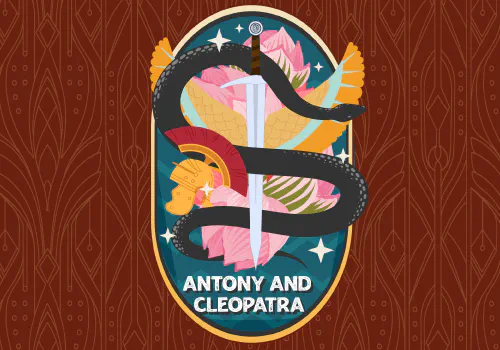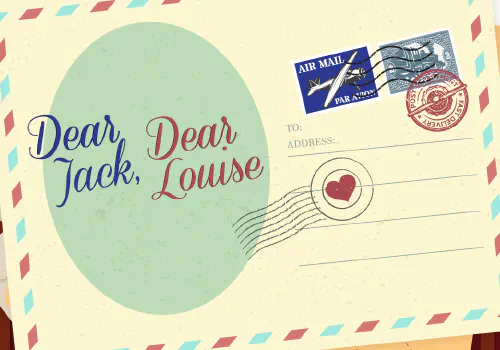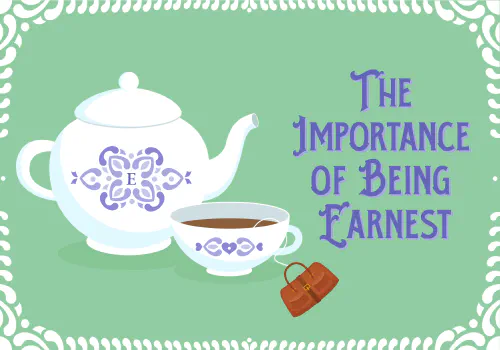By Diana Major Spencer
Nobody actually dies, the villain is dispatched, and three couples tie the knot; therefore, The Merchant of Venice is a romantic comedy, placed by Heminges and Condell between A Midsummer Night’s Dream and As You Like It among the comedies in the First Folio. The average interval between stagings at the Utah Shakespeare Festival is slightly less than six seasons; therefore, the play must be very popular. Yet the frequency of its production might suggest greater audience satisfaction than viewers actually feel.
Shylock, surely the villain, though usually played for pathos, is provoked by kicking and spitting Christians into maximizing his opportunity for revenge, then stripped inchmeal of everything that sustains his life (including his religion), even though the duly notarized bond owed him is forfeit. At trial, the defaulter Antonio, rather than gratefully accepting his release, joins the sentencing frenzy to condemn Shylock to a Christian baptism. As a final thrust, the lovely heroine Portia goads him into hopelessly groaning, “I am content” (4.1.394) before he leaves the stage. Is this a satisfying resolution to “the Jewish problem”—and thus the play?
The Festival bills this year’s Merchant as “Shakespeare’s controversial tragicomedy” and “a thought-provoking masterpiece.” Harold Bloom in Shakespeare: The Invention of the Human, labels it “Shakespeare’s grand, equivocal comedy” (171), then concludes, “However problematic, The Merchant of Venice essentially is a romantic comedy” (180). David Bevington puts it this way: “Perhaps no Shakespeare play raises more painful issues today for us to think hard about than The Merchant of Venice” (185). No other play proclaims the vast social distance between our time and Shakespeare’s than The Merchant of Venice.
Bloom identifies “the problem” in the opening sentence of his chapter on The Merchant of Venice: “One would have to be blind, deaf, and dumb not to recognize that Shakespeare’s grand, equivocal comedy . . . is nevertheless a profoundly anti-Semitic work. Yet every time I have taught the play, many of my most sensitive and intelligent students become very unhappy when I begin with that observation” (171).
In our politically correct twenty-first-century melting pot/salad bowl culture of expanded horizons, inclusive communities (we hope), and reluctance to hurt others’ feelings, and in our understanding that Shakespeare’s plays often give us greater understanding of the human condition than our holy books, the overwhelming hatred of (and toward) Shylock the Jew cannot be acknowledged as anti-Semitism, even though it namelessly focuses our attention and we attempt to justify it—somehow. We dare not speak of anti-Semitism, we cannot accept that Shakespeare would write it, and we certainly cringe when actors shove and spit on Shylock. So we try to explain away Shakespeare’s bad manners with history:
Jews as fellow humans were genuinely unknown to Shakespeare. English historical records mention only isolated individuals prior to the Norman Conquest (1066), but no communities. William the Conqueror encouraged Jewish merchants and artisans to accompany him from northern France, but succeeding monarchs were less welcoming, and Christian neighbors scapegoated them for crimes, vandalized their property, and—as Antonio et al. were wont—“did void your rheum upon my head / And foot me as you spurn a stranger cur” (1.3.115–16). Laws forbade land ownership to Jews, and though usury was permitted (as that sinful practice suited their sub-Christian status), their proceeds were heavily and increasingly taxed until 1275, when King Edward I banned usury. Trade and farming were still possible livelihoods, but without access to guild membership, land ownership, or friendly Christian landlords, Jews became poorer and poorer until their inability to pay taxes “forced” Edward to expel them altogether (Jewish Virtual Library, The Virtual Jewish World, A Project of AICE, www.jewishvirtuallibrary.org/united-kingdom-virtual-jewish-history-tour).
During the Tudor Age, a few notable Jews appeared in the records: Jewish scholars helped Henry VIII justify his divorce, a Jewish doctor first warned of the Spanish Armada, and very recently for Shakespeare, the infamous Portuguese Chief Physician to Queen Elizabeth, Rodrigo Lopez, a Jew, was publicly hanged, drawn and quartered in 1594—within a year or two of the composition of The Merchant of Venice—for allegedly attempting to poison the Queen. The accusation came from the lips of bad-boy Essex, who apparently took umbrage that Lopez, also his physician, had violated doctor-patient confidentiality regarding his venereal disease to share a few laughs with friends. Lopez was indeed exchanging secret messages with the Portuguese government, but at trial he resolutely defended his Christianity and his devotion to the Queen (David B. Green, “This Day in Jewish History, 1594: A Queen’s Doctor is Executed for Treason,” Haaretz (18 Jan 2018); https://www.haaretz.com/jewish/premium-1594-a-queen-s-doctor-is-executed-1.5275486).
The public spectacle of carving him limb from limb prompted a revival of Marlowe’s The Jew of Malta, wherein Barabas is a thoroughly evil and torture-worthy murderer with no redeeming social value.
If your entire acquaintance with Jews consists of absolutely nothing beyond Old Testament stories (some with good guys, some with bad), attributions of Christ’s crucifixion to Jews (it was Roman soldiers, though Jews participated in goading and spitting), and an occasional medieval horror story of harvesting blood from slaughtered Christian babies to make Passover bread (charges were brought in five different English cities in the late 1100s)—perhaps we can understand that the label “Jew” might connote the terrifying equivalent of the troll under the bridge, the giant at the top of the beanstalk, an out-of-control robot or bullying space-alien, the most fearsome fictional threat imaginable. Might that uninformed and misinformed background, along with the revolting news of the false Jew among us getting that close to the life of our beloved Queen, invoke such a revulsion of a perversely hyperbolic Jew hell bent on anti-Christian revenge that we’d join in with Gratiano’s spitting and kicking and grabbing, then celebrate Portia’s merciless obliteration?
“In Shakespeare’s time,” wrote G. B. Harrison, a leading Shakespeare scholar of the mid-twentieth century, “a Jew, especially on the stage, was a monster, capable of any cruelty towards a Christian; yet Shakespeare made him a man with real and bitter grievances enough to sour a saint. When the play was first acted there was little sympathy for him, and some surprise that he was let off so lightly” (Complete Works [New York: Harcourt Brace, 1980], 582). With that attitude, a satisfying dramatic resolution is possible: The punishment would indeed fit the crime.
Bloom claims that his students rebuff his claims “that Shylock is a comic villain and that Portia would cease to be sympathetic if Shylock were allowed to be a figure of overwhelming pathos” (171). Structurally, Shylock occupies a position in his play similar to Jaques, Malvolio, Caliban, or Don John the Bastard in theirs—as comic misfits and villains who challenge the tranquility of Arden, Illyria, Messina or Belmont. Yet their malfeasance can be laughed off until later, until the weddings and reconciliations—and the play—conclude. Not so in Venice; after pulverizing whatever humanity Shylock might have had, the newlyweds in Belmont, seeming inhumane, peevish, and inconsequential, return to their romantic pursuits.
If Shylock could be played as an outrageously exaggerated caricature of super-evil villainy, however, we might concur that the trial is just, that a wrong has been righted, and that the wedding party deserves to celebrate. Shylock’s language can be made to justify such an interpretation if read in a thoroughly hateful, snarling tone and emphasizing that the “Hath a Jew eyes” speech actually justifies revenge rather than mercy. Better still if he wore a flamboyant red wig and fangs and long, knife-like nails and maybe Groucho glasses with dollar signs (ducat?) in the lenses. . . .
But, no. The Festival would lose its audience, its reputation, and its shirt. Instead, we need to strike a careful balance between too much pathos for Shylock and not enough, too much nastiness from Antonio and not enough, too much preening about mercy from Portia and not enough (since she quickly turns merciless), and too much groveling from Shylock and not enough. Can Shylock retain a little dignity? Can Antonio develop a little humility? Can Portia extend her generosity beyond her Venetian friends?
Perhaps, but given the divergence between Shakespeare’s script and our expanded social reality, a perfectly satisfying resolution is out of reach. Our challenge is to see how close we can come.









